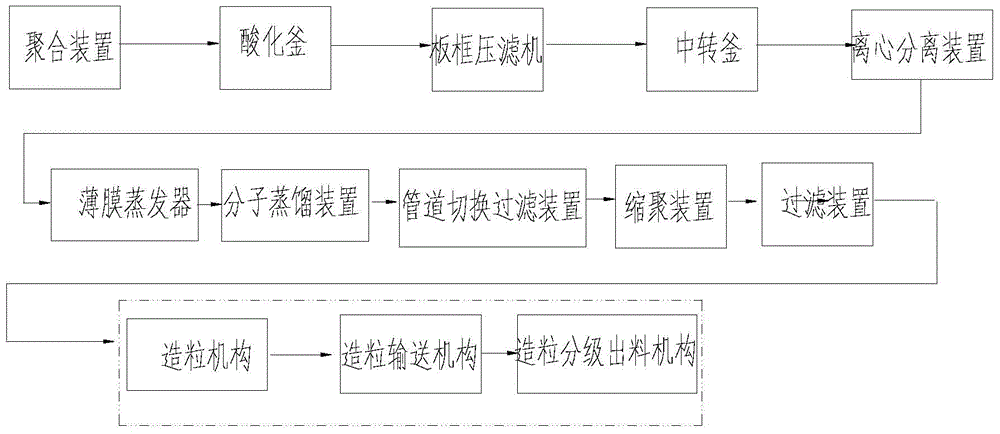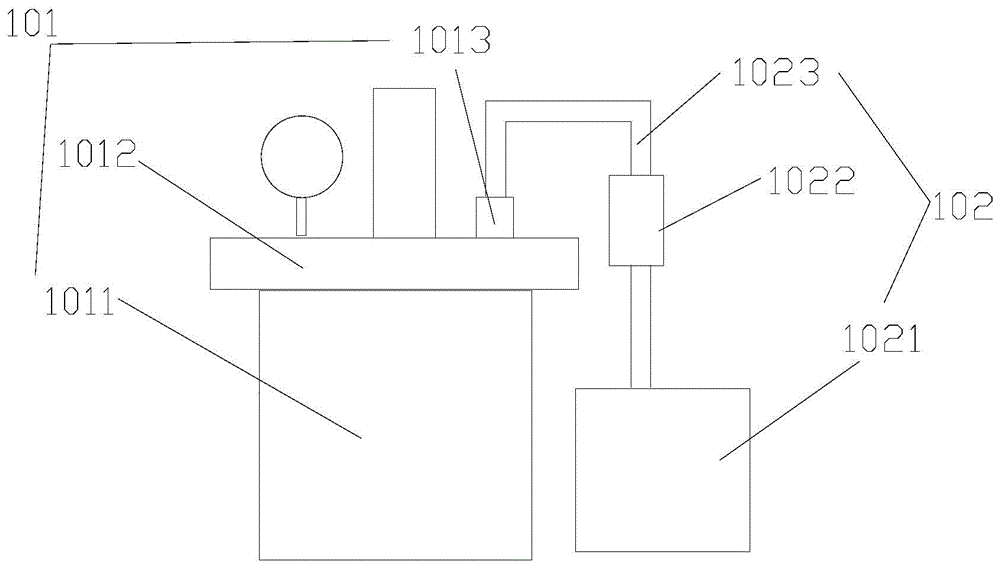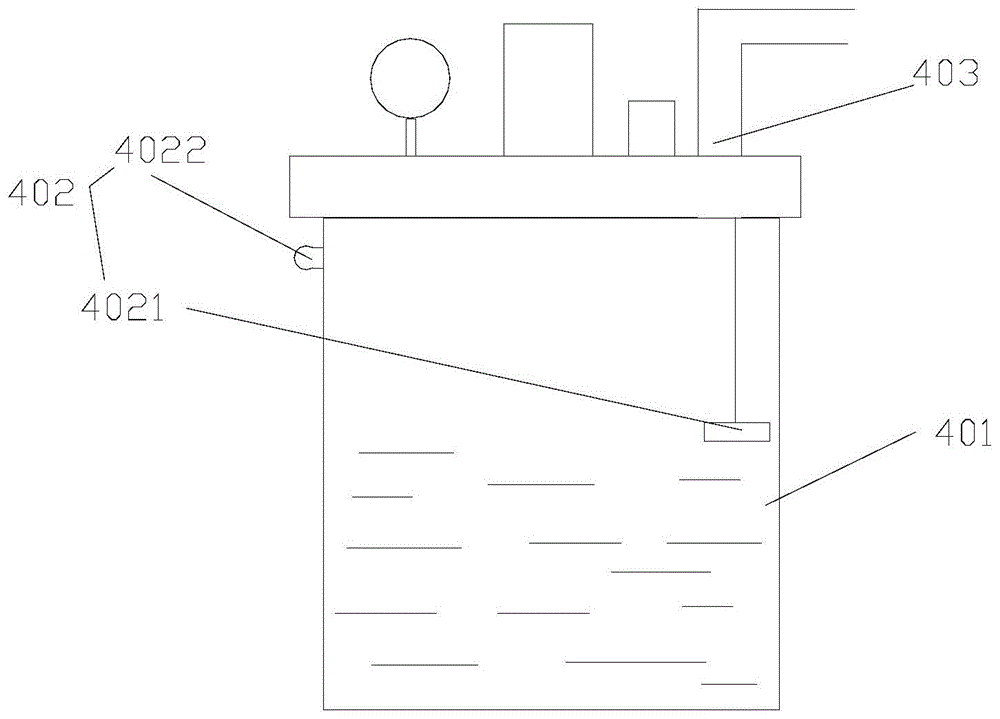Granulation mechanism of polyamide production system
A production system, polyamide technology, applied in mechanical equipment, smoke removal, metal processing, etc., can solve the problems of polluted environment, poor flexibility, etc., to achieve the effect of improving flexibility, preventing loose deformation, and timely absorption
- Summary
- Abstract
- Description
- Claims
- Application Information
AI Technical Summary
Problems solved by technology
Method used
Image
Examples
Embodiment Construction
[0027] The present invention will be described in detail below in conjunction with the accompanying drawings.
[0028] Such as figure 1 As shown, this embodiment includes a polymerization device, an acidification tank, a plate and frame filter press, a transfer tank, a centrifugal separation device, a thin film evaporator, a molecular distillation device, a pipeline switching filter device, a polycondensation device, and a filtration device from front to back according to the process flow. device and granulation system.
[0029] The acidification kettle, the plate and frame filter press, the thin film evaporator and the molecular distillation device are all existing equipment.
[0030] Such as figure 2 As shown, the polymerization device includes a polymerization kettle 101 and a material lifting device 102. The polymerization kettle 101 includes a polymerization kettle body 1011 and a polymerization kettle cover 1012, and a first feed inlet 1013 is opened on the polymeriza...
PUM
 Login to View More
Login to View More Abstract
Description
Claims
Application Information
 Login to View More
Login to View More - R&D
- Intellectual Property
- Life Sciences
- Materials
- Tech Scout
- Unparalleled Data Quality
- Higher Quality Content
- 60% Fewer Hallucinations
Browse by: Latest US Patents, China's latest patents, Technical Efficacy Thesaurus, Application Domain, Technology Topic, Popular Technical Reports.
© 2025 PatSnap. All rights reserved.Legal|Privacy policy|Modern Slavery Act Transparency Statement|Sitemap|About US| Contact US: help@patsnap.com



